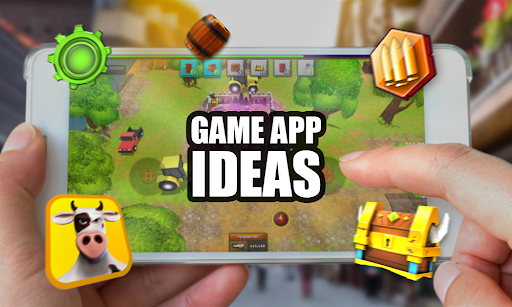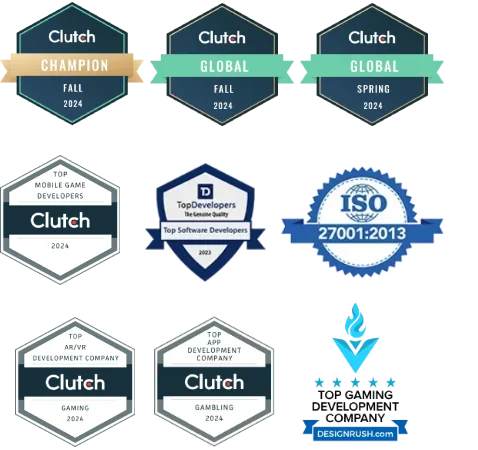Mobile games look simple on the surface — just a few taps, some fun graphics, and maybe a leaderboard. But behind every mobile hit is a long journey of brainstorming, testing, failing, iterating, and finally… launching. At BUT Company, we’ve built a streamlined but flexible game development pipeline that helps transform raw ideas into polished games.
Here’s a look behind the curtain — how we actually bring mobile games to life.
1. The Spark: Where Game Ideas Come From
Every game starts with a spark — a mechanic, a mood, a memory, or a market opportunity. Sometimes we’re inspired by trends in the App Store. Other times it’s an original concept that emerges during team brainstorming.
We ask ourselves:
- Is this fun in 10 seconds?
- Does it feel different enough?
- Could it scale into a full game loop?
We sketch, prototype, and kill weak ideas fast. The strongest ones survive to the next round.
2. Prototyping: Testing the Core Fun
Before writing a single line of final code, we create quick, ugly prototypes using Unity. This is where we test the “core loop” — the heartbeat of the game. If the basic mechanic doesn’t feel right, it’s back to the drawing board.
In this stage, we:
- Build 1–2 core scenes
- Use placeholder art (sometimes stick figures!)
- Play internally and iterate fast
- Share playable builds in the team Slack for raw feedback
A prototype that makes us say “just one more try!” gets the green light.
3. Production: Building the Full Game
Once the prototype feels solid, we enter production. Now the team expands — developers, artists, designers, and sometimes freelancers join in.
This phase includes:
- Finalizing the art style (2D or 3D)
- Implementing levels and UI/UX
- Adding sound, music, and effects
- Optimizing for performance and battery life
- Integrating analytics and monetization (ads, IAPs)
We work in sprints and use task boards to keep progress visible. Weekly playtests help us stay on track.
4. Polishing & Testing: It’s All in the Details
At this stage, the game is playable, but it’s not done. Polishing is what makes it feel great — animations, transitions, feedback, sound effects, and pacing.
We also run:
- Internal QA tests
- External beta testing (TestFlight, Google Play Console)
- Crash/error tracking via tools like Firebase
- A/B tests for onboarding and difficulty curves
Every small fix here adds up to a smoother experience.
5. Launch: Time to Hit the Store
When the game feels polished and stable, it’s time to release it to the world.
We:
- Prepare store assets (icons, screenshots, videos)
- Write optimized ASO descriptions
- Soft launch in 1–2 test markets
- Monitor metrics and user feedback
- Launch globally once key KPIs (retention, ARPDAU) are stable
But the story doesn’t end here — post-launch updates, bug fixes, and new content follow shortly after.
🎯 Final Thoughts
Game development is never linear. It’s messy, creative, and often unpredictable. But with the right process — and the right people — a small idea can grow into something millions of people enjoy.
At BUT Company, we don’t just build games. We craft experiences worth replaying.



No responses yet